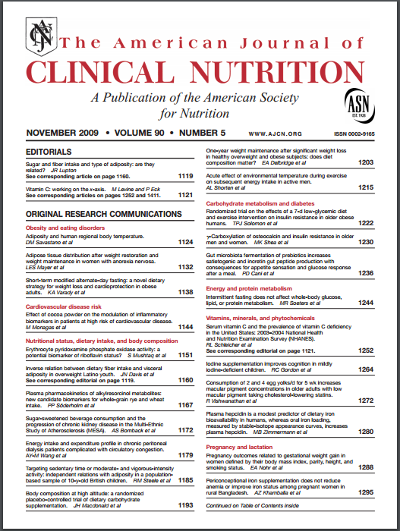Secondo uno studio pubblicato su American Journal of Clinical Nutrition, l’assunzione giornaliera di quest’alimento da parte di persone anziane con bassi valori di densità ottica dei pigmenti maculari (Mpod), è in grado di ridurre il rischio di degenerazione maculare senile.
Sono questi i risultati di uno studio pubblicato sulla rivista, condotto da Robert J Nicolosi e collaboratori presso la University of Massachusetts Lowell negli Usa. L’indagine ha permesso, inoltre, di stabilire che i benefici di tale consumo sono da attribuire all’incremento di luteina e zeaxantina, pigmenti oculari con note proprietà fotoprotettive che, oltre a essere presenti naturalmente sia nella macula sia nel cristallino, sono particolarmente abbondanti nel tuorlo d’uovo.
Lo studio, durato 5 mesi, ha previsto due fasi, ciascuna di 5 settimane, in cui sono stati consumati, rispettivamente, 2 e 4 tuorli d’uovo al giorno. Entrambe le fasi sono state fatte precedere da un periodo di quattro settimane in cui l’uovo è stato abolito dalla dieta.
In breve, con l’introduzione più elevata di tuorli, individui con bassi livelli basali di Mpod (< or =0,5 a 0,25 gradi; < or =0,4 a 0,5 gradi; < or =0,35 a 1 grado) hanno mostrato un incremento in questi livelli di circa il 50%, per tutti e tre i valori di eccentricità retinica. Con soli due tuorli, Mpod è, invece, aumentato del 31% a 0,5 gradi. La concentrazione di luteina incrementa del 16% e 24%, rispetto al 36% e 82% della zeaxantina con 2 e 4 tuorli, rispettivamente. Seppure sia stato riscontrato un aumento del 5% di colesterolo Hdl, non si è avuto nessun incremento di quello Ldl nei partecipanti, la maggior parte dei quali stata seguendo regolarmente terapie con statine.
Rohini Vishwanathan, Elizabeth F Goodrow-Kotyla, Billy R Wooten, Thomas A Wilson, and Robert J Nicolosi
American Journal of Clinical Nutrition
2009, 90, 5, 1272-9/
Background: Lutein and zeaxanthin may reduce the risk of dry, age-related macular degeneration because of their photo-oxidative role as macular pigment.
Objective: The present study evaluated serum lutein, zeaxanthin, and macular pigment optical density (MPOD) responses at 0.25°, 0.5°, and 1° retinal eccentricities to the consumption of 2 and 4 egg yolks/d by older adults taking cholesterol-lowering medications.
Design: Subjects consumed foods containing 2 followed by 4 egg yolks/d for 5 wk each with a 4-wk egg-free period at baseline and between the 2 interventions.
Results: Changes in MPOD (n = 37) with egg yolk consumption were inversely associated (P < 0.05) with baseline MPOD. Subjects with low-baseline MPOD (defined as MPOD ≤0.5 at 0.25°, ≤0.4 at 0.5°, and ≤0.35 at 1°) showed increases of ≤50% (P < 0.05) with 4 egg yolks at the 3 retinal eccentricities. MPOD increased by 31% (P = 0.059) at 0.5° with 2 egg yolks. Serum lutein increased by only 16% and 24% (P < 0.05) compared with increases of 36% and 82% (P < 0.001) in serum zeaxanthin (n = 52) after consumption of 2 and 4 egg yolks, respectively. Serum HDL cholesterol increased by 5% (P < 0.05) after consumption of 2 and 4 egg yolks. Serum LDL cholesterol did not change with either egg yolk treatment.
Conclusions: Consumption of 4 egg yolks/d, and possibly of 2 egg yolks/d, for 5 wk benefited macular health in older adults with low MPOD. Serum HDL cholesterol increased without an increase in LDL cholesterol in this study population, most of whom were taking cholesterol-lowering statins.em

